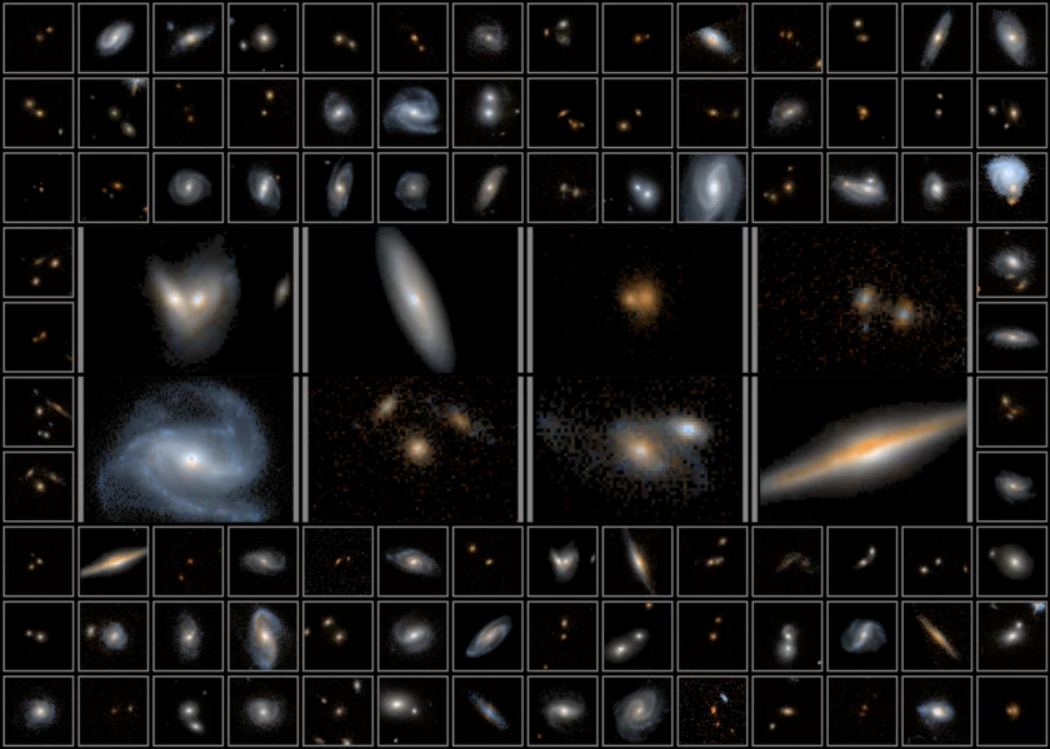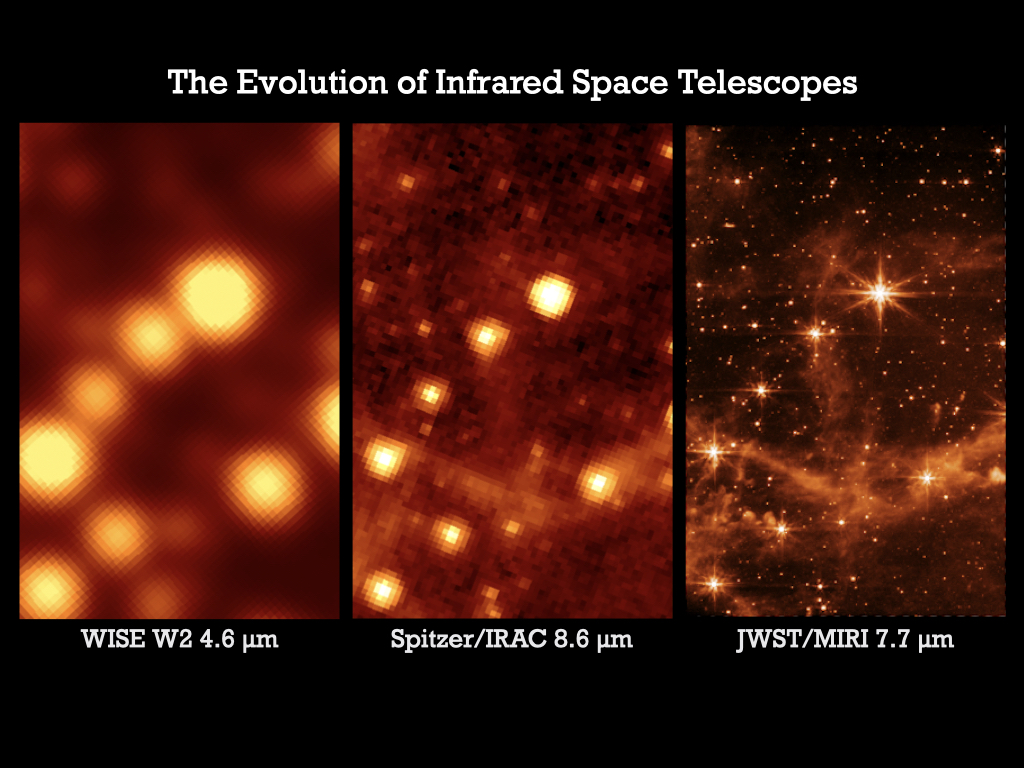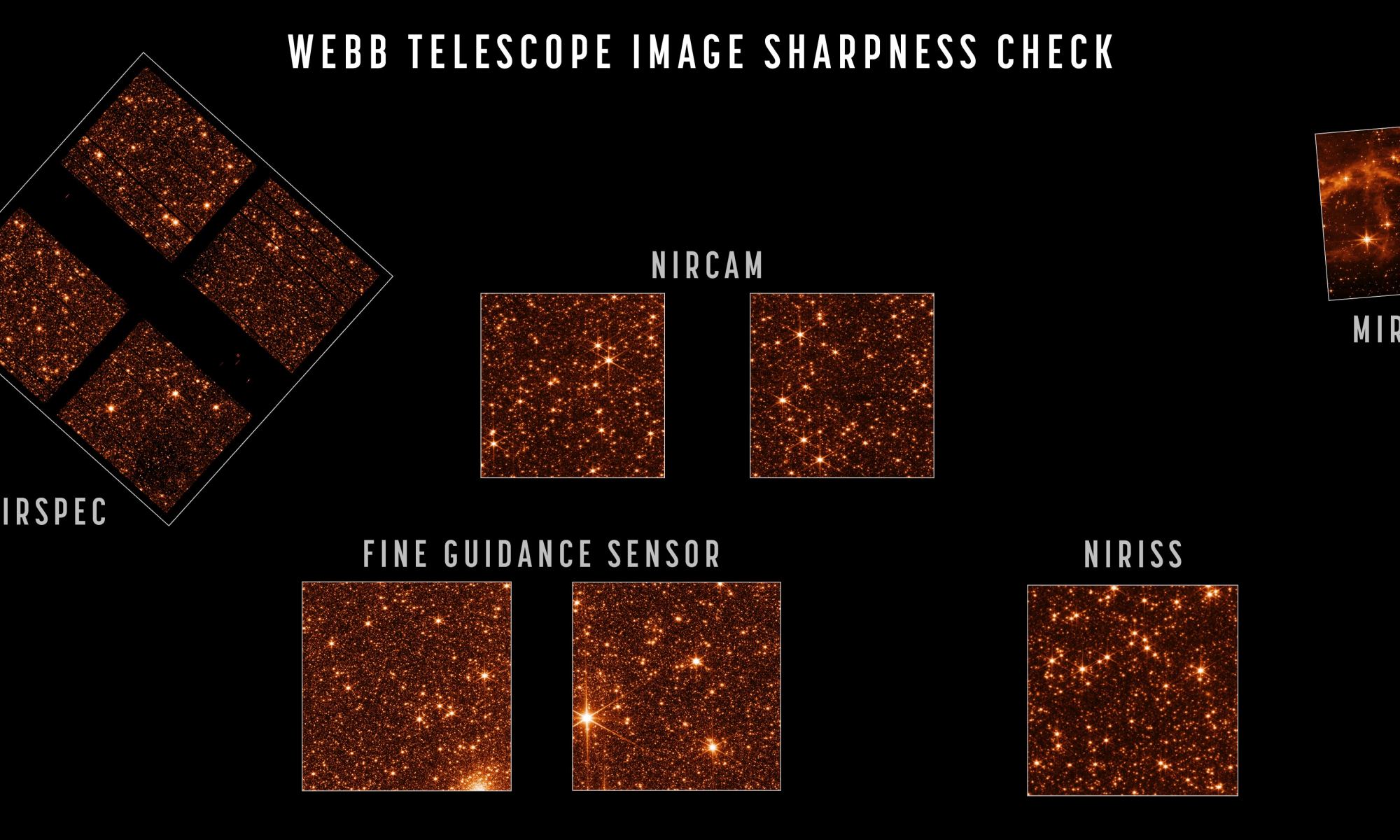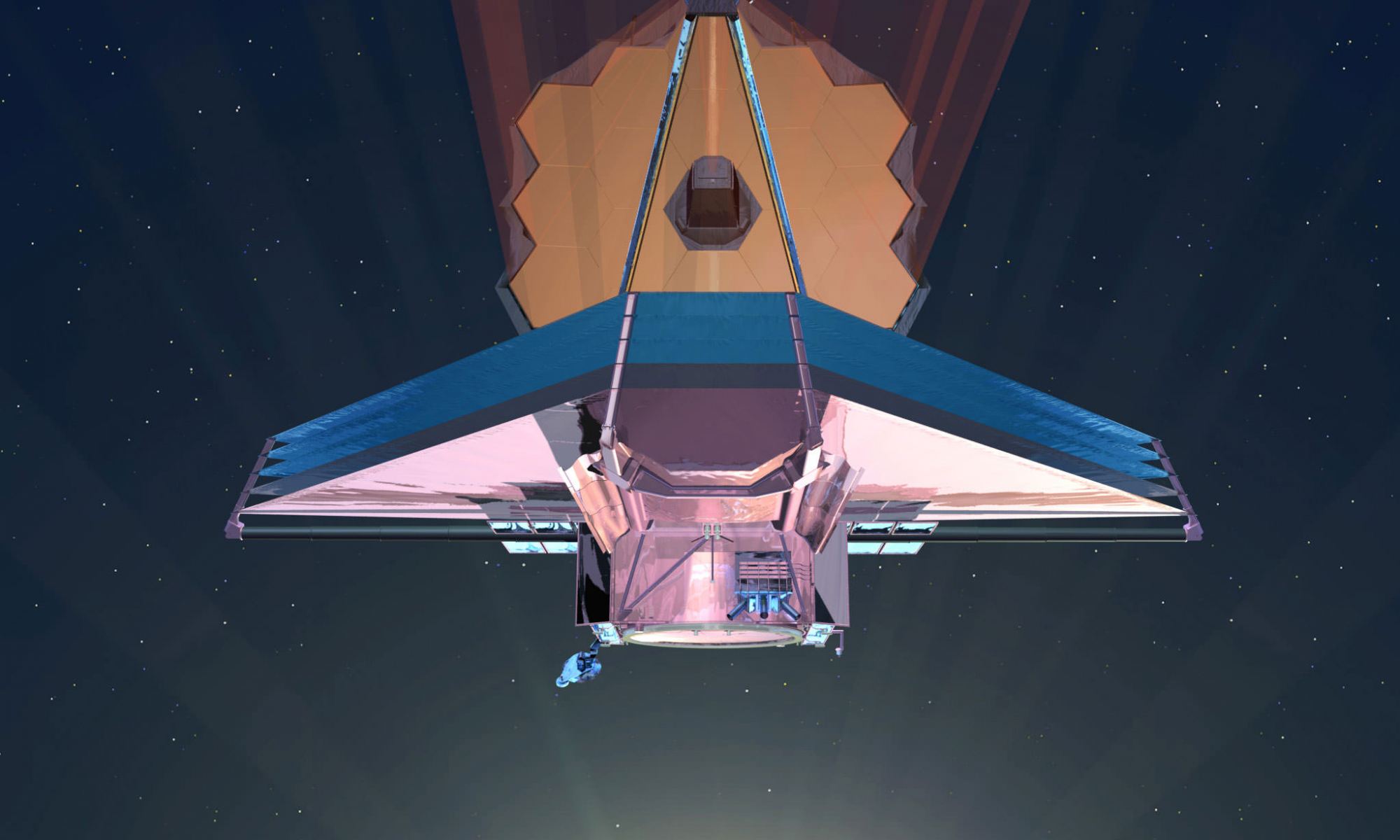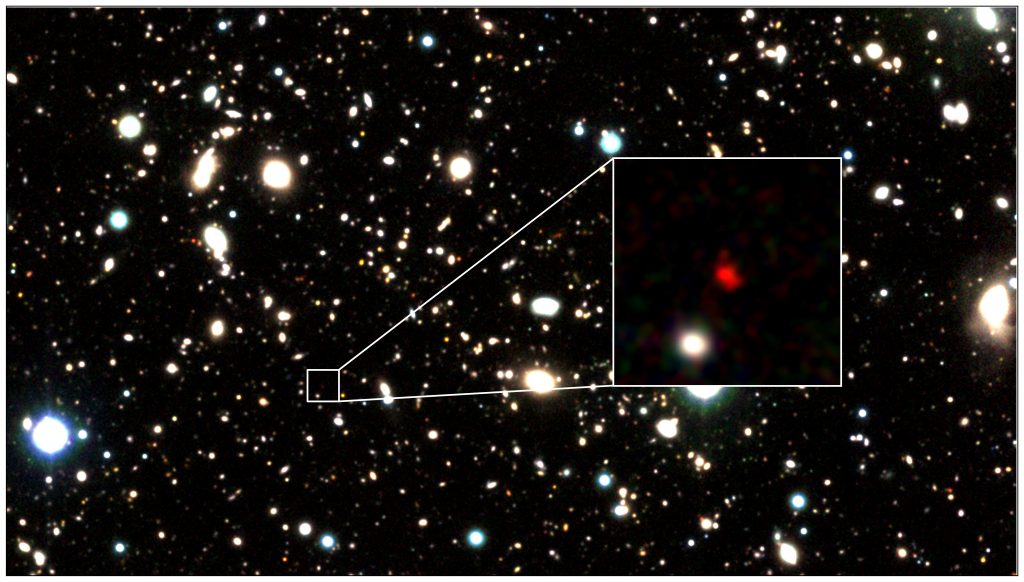The Universe is full of massive galaxies like ours, but astronomers don’t fully understand how they grew and evolved. They know that the first galaxies formed at least as early as 670 million years after the Big Bang. They know that mergers play a role in the growth of galaxies. Astronomers also know that supermassive black holes are involved in the growth of galaxies, but they don’t know precisely how.
A new Hubble survey of galaxies should help astronomers figure some of this out.
Continue reading “Hubble Finds a Bunch of Galaxies That Webb Should Check out”
